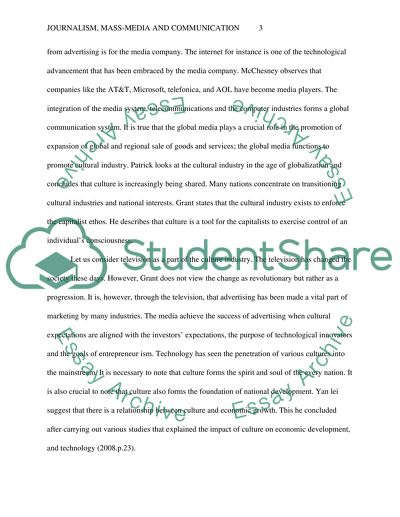Cite this document
(“Political Economy of Media Essay Example | Topics and Well Written Essays - 2250 words”, n.d.)
Retrieved from https://studentshare.org/journalism-communication/1441427-political-economy-of-media
Retrieved from https://studentshare.org/journalism-communication/1441427-political-economy-of-media
(Political Economy of Media Essay Example | Topics and Well Written Essays - 2250 Words)
https://studentshare.org/journalism-communication/1441427-political-economy-of-media.
https://studentshare.org/journalism-communication/1441427-political-economy-of-media.
“Political Economy of Media Essay Example | Topics and Well Written Essays - 2250 Words”, n.d. https://studentshare.org/journalism-communication/1441427-political-economy-of-media.


